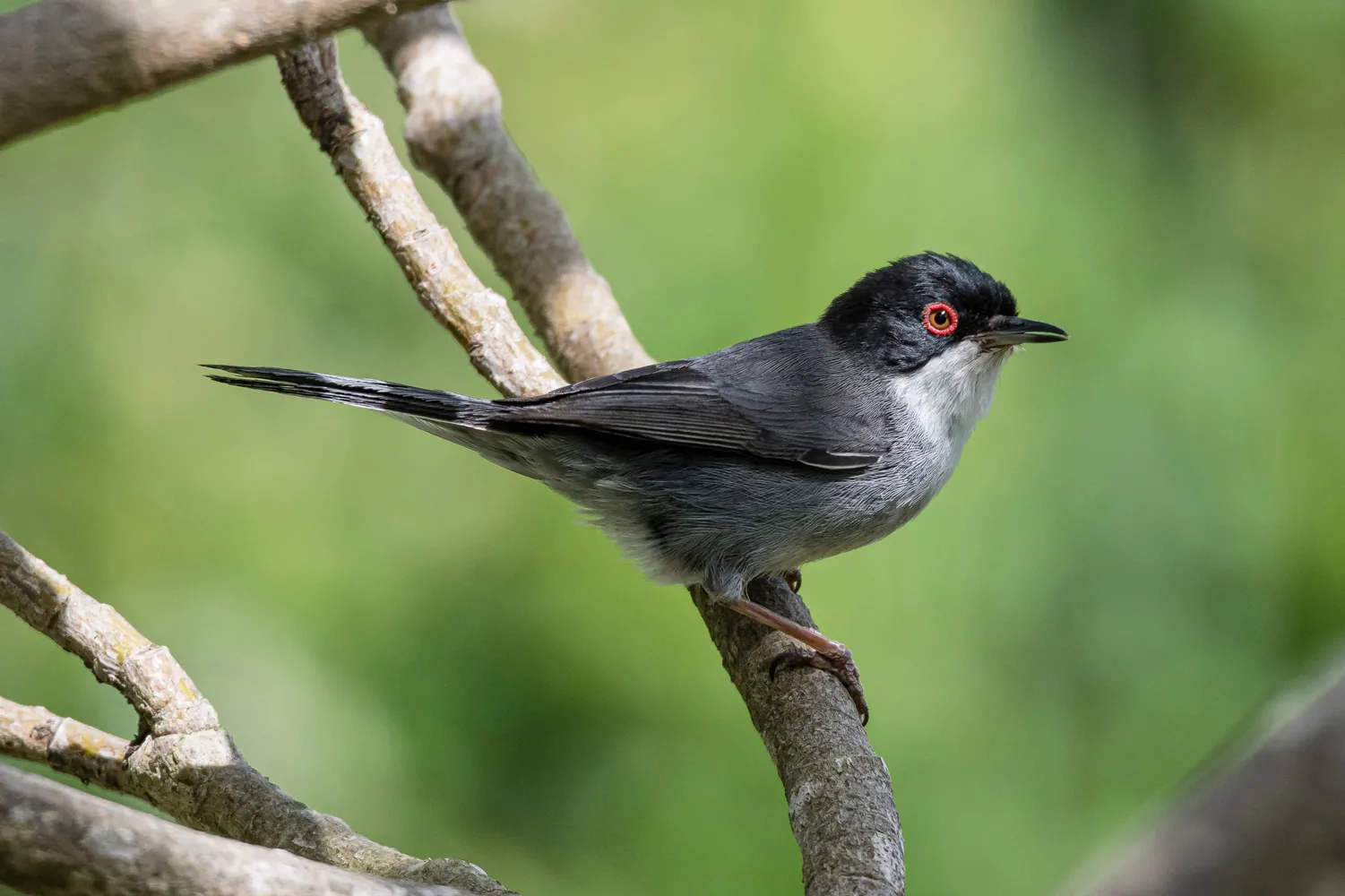In August 1962 a special issue of British Birds was published, devoted to “setting the record straight” on what has become known as one of the most famous cases of ornithological fraud of all time. The Hastings Rarities affair caught the attention of the world’s press and brought Hastings into the spotlight.
The Hastings Rarities were a series of records from a small area between East Sussex and West Kent dating between 1892 and 1930. These records had aroused suspicion in the ornithological community due to an unusually large concentration of rare birds, numbering almost 600 records in total. By means of two articles and an editorial, including statistical analysis demonstrating the unlikelihood of such records being genuine, the authors sought to show that the evidence for these records was unsatisfactory and recommended their removal from the British List, the official list of birds recorded in Britain.
As was common at the time, the Hastings Rarities records were based largely on skins, rather than on descriptions of birds that had been sighted or live birds that had been captured and released. The editors considered the possibility that deceased, perhaps frozen, specimens could have been imported from other parts of the world. The publication also reported that many specimens had passed through the hands of George Bristow (1863‒1947), a local taxidermist and gunsmith based in St Leonards-on-Sea.
EARLY SUSPICIONS
BTO’s connection to the Hastings Rarities comes from the two editors/authors, whose personal papers are held in our Archives. Both are important names in BTO history: Max Nicholson (1904‒2003) was our first secretary and later Chairman, and James Ferguson-Lees (1929‒2017) served as BTO President between 1969 and 1972. There are two boxes on the shelves of the Archives which contain important materials from the British Birds papers relating to the Hastings Rarities investigation.
Within these is original correspondence with prominent ornithologists, most significantly between Harry Forbes Witherby (one of BTO’s founding members) and George Bristow showing that even by 1916 there had been suspicions about the authenticity of the Hastings Rarities.
There is also a wealth of material relating to the publication of the papers including galley proofs and a press release for a press conference held on Thursday 9 August 1962. This was an unusual move, and press cuttings from the Daily Telegraph, Yorkshire Post and the New York Times show just how widely the Hastings Rarities affair caught the media’s attention.
In the years since the publication of the Hastings Rarities papers, the majority of the species removed from the British List have subsequently been reinstated through other records. The number of Hastings Rarities records obtained fraudulently may never be known, much less who may have been involved. Important lessons were learned from the Hastings Rarities affair, and it highlights the increased rigour with which rarities are now scrutinised.
